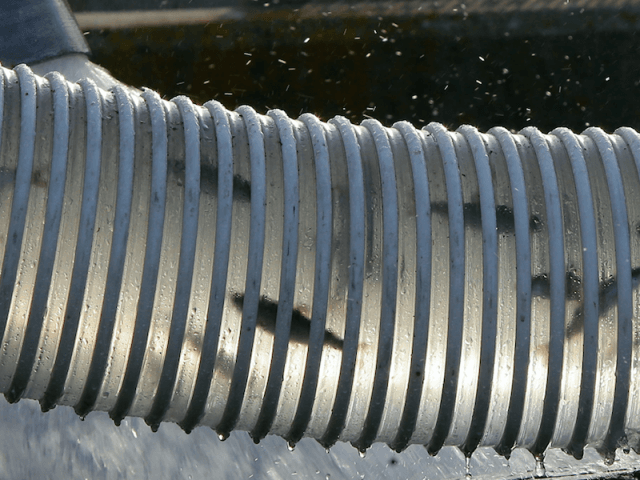California water officials introduced a tentative plan Tuesday to keep more water in Shasta Lake over the upcoming year in order to protect endangered winter-run Chinook salmon. However, the proposal is likely to infuriate farmers who may see water allocation drop, while marine scientists are skeptical the plan will be enough to save the imperiled fish.
The State Water Resources Control Board released the details of the plan on Tuesday, according to the Sacramento Bee. Under the plan, an additional 200,000 acre-feet of water would be kept in Shasta Lake through spring of next year, in an effort to keep the water at a cooler temperature of 56 degrees Fahrenheit when it is eventually released.
Juvenile winter-run Chinook salmon reportedly require a river temperature of 56 degrees Fahrenheit just to stay alive.
In June, the water board introduced a revision of its original Sacramento River Temperature Control Plan after it was found that U.S. Bureau of Reclamation temperatures gauges had malfunctioned and that the river was significantly warmer than water officials had expected. The mishap ultimately caused the deaths of roughly 95 percent of winter-run Chinook salmon in the river.
“This year’s (plan) didn’t protect the salmon, so we need to hold more (water) back,” SWRCB spokesman Tim Moran told the Bee.
But it is unclear whether the extra 200,000 acre-feet of water will be enough to significantly cool the Sacramento River to keep the salmon alive. The plan calls for 1.6 million acre-feet of water to be held in Shasta through October, compared with 1.4 million last year.
“This plan is not ambitious relative to what’s tried and failed in the past,” Bay Institute conservation biologist Jon Rosenfield told the paper.
Meanwhile, the plan is likely to rankle farmers, who have been forced to contend with extremely low, or in some cases, zero, water allocation as the state’s water supplies have vanished with the drought. In October, NASA reported that 1.03 million acres of viable farmland were left idle this year due to drought, an increase of more than 100 percent in the four years since the drought began in earnest.
Moran told the Bee that the Board’s plan could change if the El Niño set to soak California this winter turns out to be as strong as has been predicted.
The Board will reportedly vote on the plan on December 15.

COMMENTS
Please let us know if you're having issues with commenting.